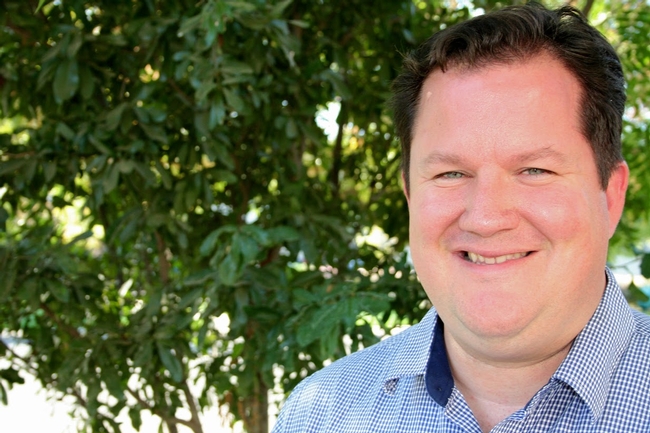
World hunger is not due to a lack of food
There is 20 percent more food available than needed to feed the whole world, reported Rachel Cernansky on FastCoexist.com. The USDA blames a data gap for the fact that some people go hungry.
Gabriel Youtsey, chief information officer for UC Agriculture and Natural Resources (UC ANR), also believes that if more data was available, consumer-facing apps, in addition to those that help farmers, researchers, industry, or government, would find it useful.
"[They] are interested in more ‘soil to shelf' transparency about how food is grown and produced and how sustainable it is," Youtsey said.
In recent years, app stores have provided an abundance of programs to connect food with people and farmers with information. One such app is "Giving Garden," which in July won the UC ANR "Apps for Ag Hackathon," held in conjunction with the California State Fair.
The hyper-local, produce-sharing app provides gardening advice from the UC Master Gardener Program and helps backyard gardeners connect with others who want to share their produce.
Giving Garden CEO Deema Tamimi said open regional-level data from USDA has been a helpful start, but the agency does not have data on specific microclimates.
"We've seen that there's a lot of people with plant species databases, but they have it under some type of license so you can't just scrape that data and use it," she said. "There's stuff out there, but it's about finding a good data set that's available, and that has no proprietary restriction on top of it."
To advance the open-data cause in agriculture, Youtsey said more public-private partnerships are needed that will help spur innovation and lead to local projects that can have more visible impacts.
"USDA data on data.gov is an excellent resource for apps, and it will be made all the richer once proprietary data stores are further opened up," he said. "It's hard for many to see the benefits of open data until hyper-local success stories start to emerge."


